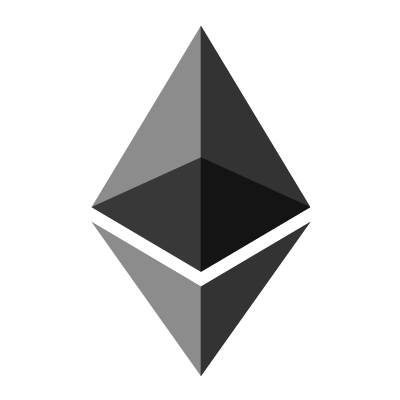I said it once and I’ll say it again. Gas fees on Ethereum will NEVER be cheap. Rollups are the ones that will have incredibly low gas fees. Let me explain:

EDIT: would love to answer any questions regarding sharding in the comments. I actually made a post 2 days ago that is entirely dedicated to sharding with a lot of details that can help.
Sharding (which will eventually be introduced by mid-2023) will not change throughput for Layer 1. It will however dramatically pump throughput for Layer 2 and beyond. This throughput will increase anywhere from 10k to 100k depending on the type of Layer 2 and the technological advancement of said Layer 2.
Initially, Vitalik and the rest of Ethereum’s development team did indeed plan on lowering gas fees on the Ethereum blockchain itself. They planned on implementing sharding all over the blockchain including EVM, data, smart contracts, accounts, and everything else on the chain.
However, it dawned upon them later on that it would be much easier and less complicated to implement sharding just for data, and thus the responsibility of scalability suddenly didn’t lie on the Ethereum blockchain but on rollups.
You could argue against it but I personally think it was a good idea. L2s have one job and that is to scale Ethereum. So they already have the tech development ready to be implemented and upgraded as opposed to Ethereum developing their own built-in scalability which might take years.
Then there’s the fact that these L2 have already been tried and tested multiple times. They know exactly what could go wrong and how to avoid it.
Ethereum on the other hand never had a built-in scalability system and thus if anything goes wrong it would be a nightmare.
L2s are incredibly safe because they derive their safety from Ethereum itself so you’re basically using Ethereum but in a much more efficient manner.
This is only gonna get better and better as new zkEVM tech starts rolling out.
Right now there are only a couple proper zkEVMs that are in development most prominent of which are Polygon’s Hermez and Zksync’s zkEVM
The main difference between these two is that currently Zksync’s is still closed source which I personally think makes it much harder for developers to use and to some extent defeats the purpose of a zkEVM
Hemrez on the other hand will be fully open source and accessible for any developer to build dApps with which is great news for the Ethereum ecosystem overall
But other than that, I have no criticism. I think what scaling solutions are doing right now is already amazing. Coupled with sharding later on in 2023 (hopefully lol) and they will make Ethereum unstoppable.
Any criticism about Ethereum being inefficient will be put down instantly.
To some extent, scaling solutions won’t be thought of as a separate part of Ethereum that helps it scale. They will literally become an inseparable part of Ethereum itself and will become taken for granted even as part of the Ethereum experience.
submitted by /u/pihip2
[link] [comments]